blake marques carrington
discography:




 vimeo highlights:
vimeo highlights:



 contact
bio
contact
bio





blake marques carrington
discography:




 vimeo highlights:
vimeo highlights:



 contact
bio
contact
bio






016 Cathedral Scan / audiovisual performance, album / 2009-ongoing
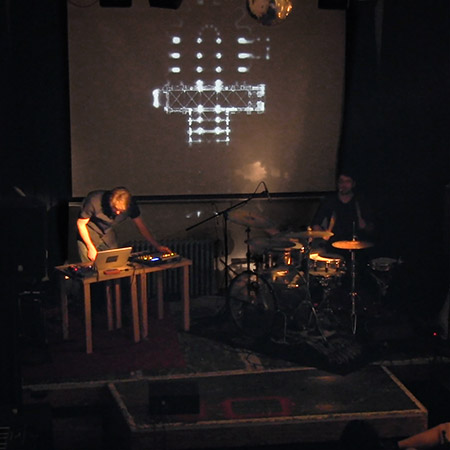 Drums version with Leo Lazar at Westwerk, Hamburg / July 2015
Drums version with Leo Lazar at Westwerk, Hamburg / July 2015
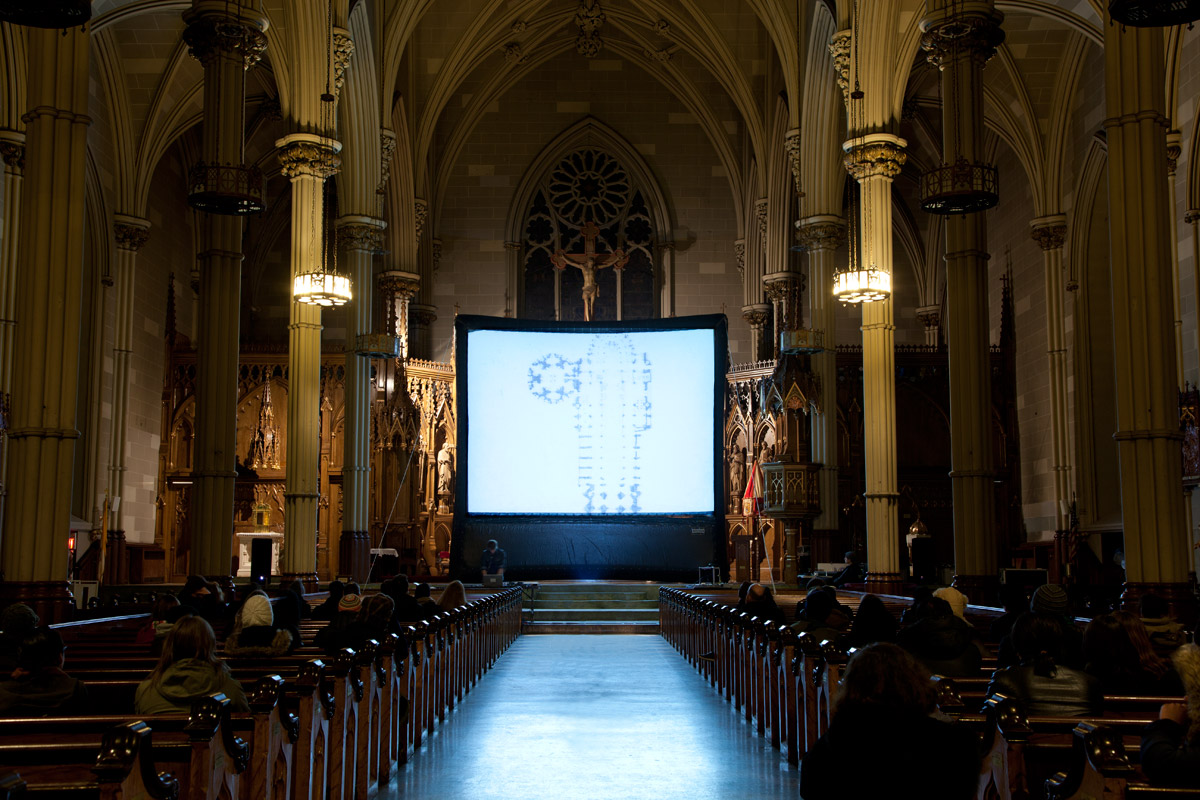
Album release concert at Basilica of St. Patrick's Old Cathedral / March 2011
Cathedral Scan is an audiovisual performance that treats architectural plans of Gothic cathedrals as open-ended scores. Using a custom software patch, scans of varying speeds and intensities create unique rhythms and musical possibilities from each structure. Visually the scans reveal the plans with each pass, tying sound and image together with the architectural rendering. For each performance, Carrington forms a setlist from a library of over 200 architectural plans.
The piece was performed at Elektra Festival in Montreal in 2010 then was released as a full-length album by Dragon’s Eye Recordings in 2011. In preparation for a follow-up album to be finished in 2016, Carrington teamed up recently with a live drummer, Hamburg-based musician Leo Lazar (Lazar Crash). During the world premiere hour-long concert at Westwerk in Hamburg, the two improvised through a set list of roughly 10 different plans.
Each version of the performance stresses the tenuous correspondence between different data sets — architecture, diagram, image, sound — and questions how close to an original source one can get by manipulating signs.
Performances 2009-2015:
CATHEDRAL SCAN (DRUMS VERSION) with Leo Lazar, Westwerk, Hamburg Germany
CATHEDRAL SCAN (Produced by Philadelphia Photo Arts Center), First Unitarian Church, Philadelphia PA
CATHEDRAL SCAN (organized by Celer and Tokyo Phonographer's Union), Bullet's, Tokyo
CATHEDRAL SCAN CD RELEASE CONCERT, Basilica of St. Patrick’s Old Cathedral, NYC
ELEKTRA INTERNATIONAL DIGITAL ARTS FESTIVAL, Usine C, Montreal Québec
BEYOND/IN WESTERN NY BIANNUAL, Hallwall’s Contemporary Art Center, Buffalo NY
RENCONTRE, Rustines Lab, Montreal Québec
CATHEDRAL SCAN v.2, Hendricks Chapel, Syracuse NY
Contents (click to jump):
016a Full-length Album Version
016b Performance Images
016c Supplementary Images
016d Video Excerpts
016e Essay by John Massier
016f Review by Nathaniel Sullivan
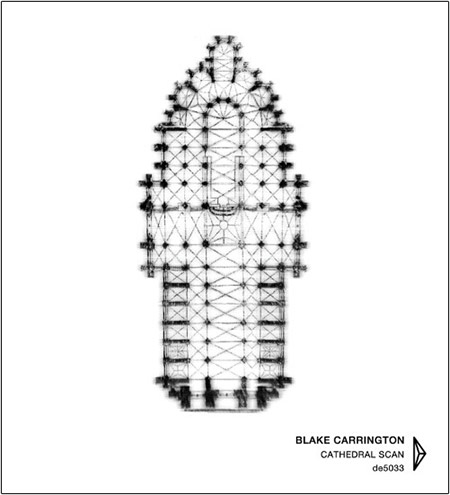
016a Full-length Album Version / March 2011
The album version of Cathedral Scan is edited from a previous live concert at Hendricks Chapel (see below), and combines the direct signal created in software with the immense natural reverberation of the performance space. Purchase a limited edition copy on the Dragon's Eye Recordings website.
Tracklist (10 tracks, 53:18)
Scan 01: Not Exeter
Scan 02: Not Amiens-Notre Dame
Scan 03: Not Salisbury
Scan 04: Not Luebeck_X
Scan 05: Not St. Denis
Scan 06: Not Chartres
Scan 07: Not Magdeburg-Tournai
Scan 08: Not Bourges_X
Scan 09: Not York-Standing Waves
Scan 10: Horspielstreifen
top
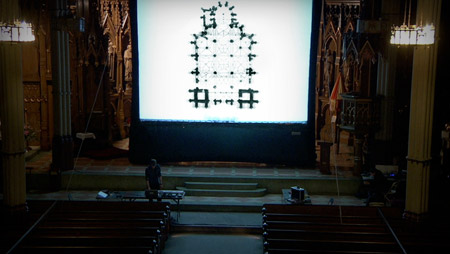
Performance at Old St. Patrick's Cathedral, New York / March 2011
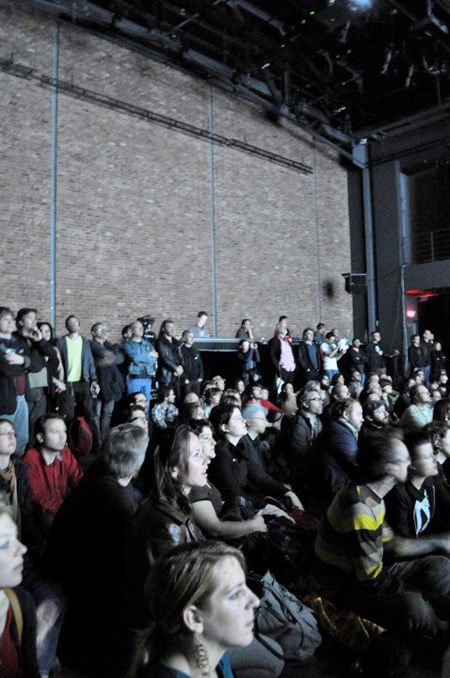
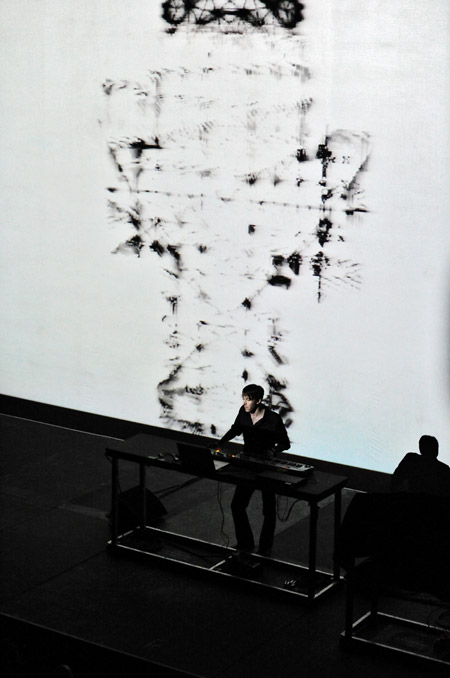
Performance at Elektra Festival, Montreal / May 2010
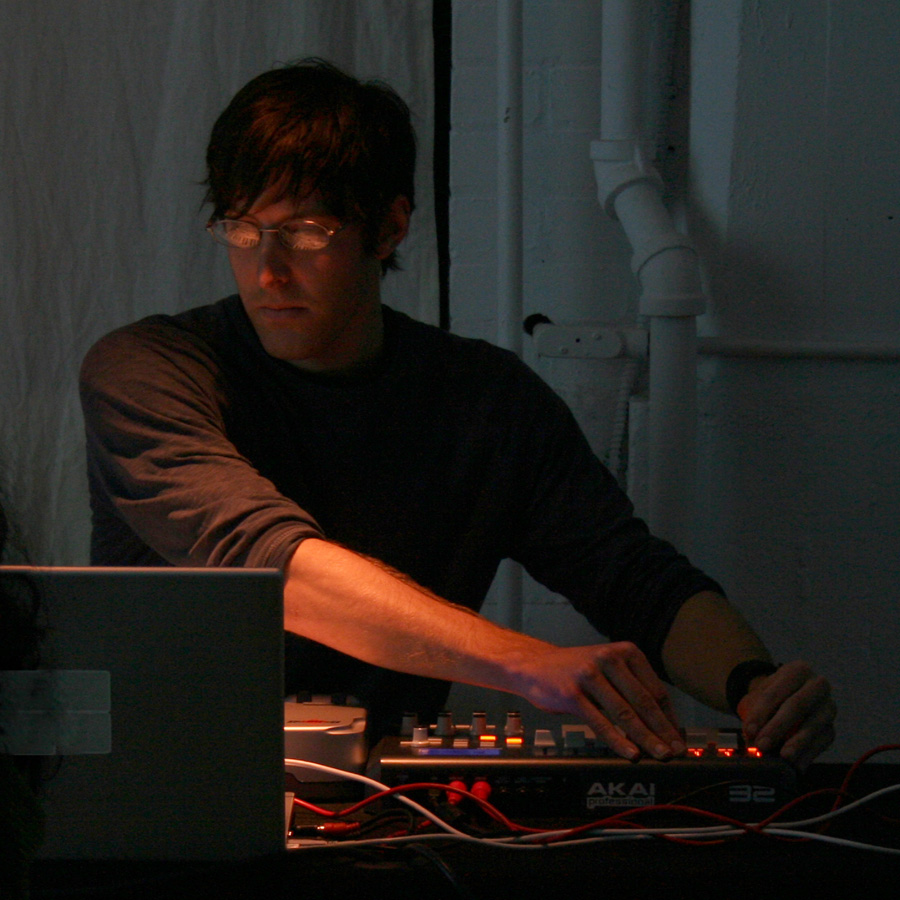
Performance at Rustines Lab, Montreal / Oct 2009
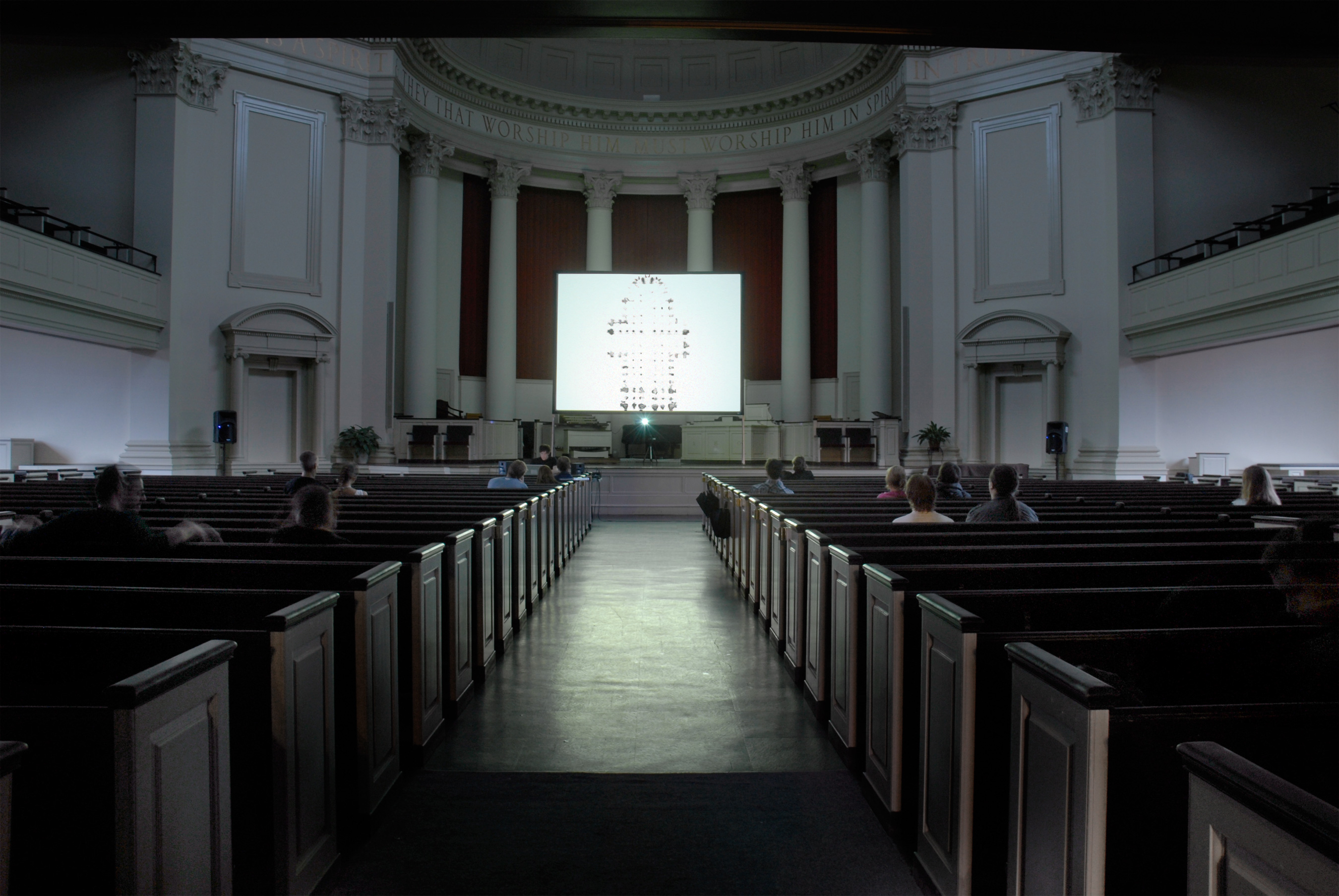
Performance at Hendricks Chapel, Syracuse / April 2009
016b Performance Images
Cathedral Scan is best suited to spaces with a relatively long reverberation time of 3+ seconds, but has also been performed at smaller art venues. If available and appropriate, the venue's own architectural plan is used in addition to others that are primarily from the Gothic period in Europe. Each performance is unique, yet often uses certain plans as structural modules, playing them in similar ways.
top
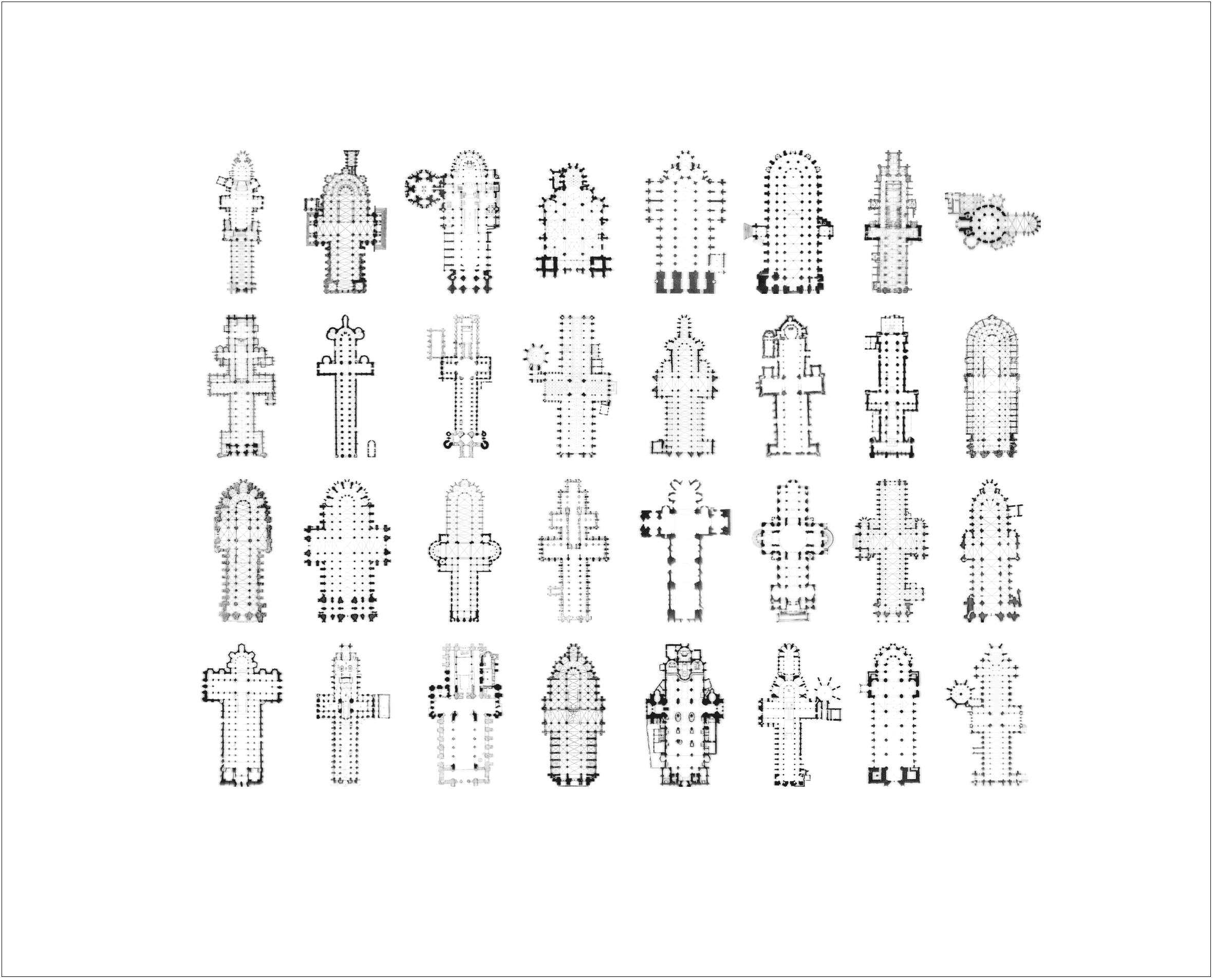
32 Plan Grid
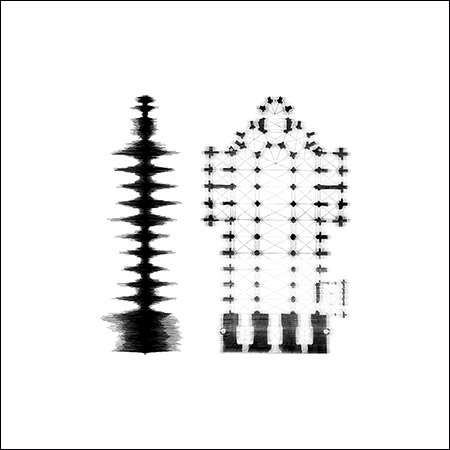
Luebeck waveform and plan
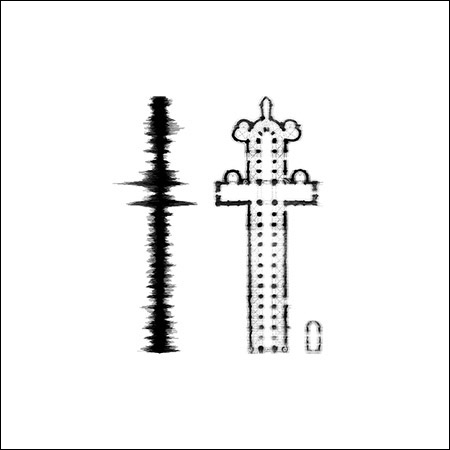
Norwich waveform and plan
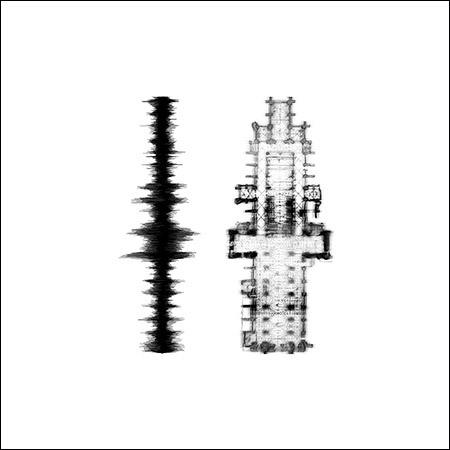
Exeter waveform and plan
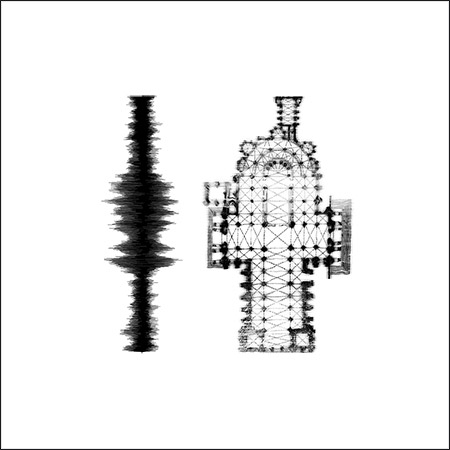
Chartres waveform and plan
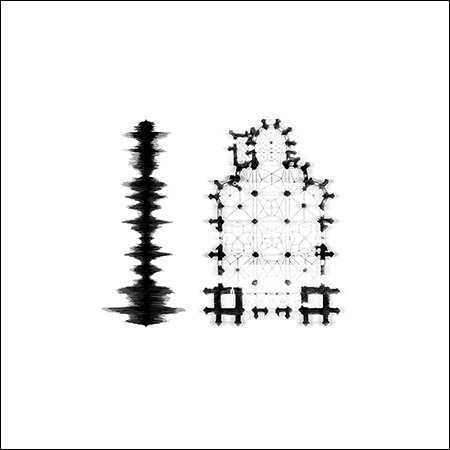
St. Elizabeth waveform and plan
016c Supplementary Images
The above images are used solely for press purposes, and show a waveform generated by each specific plan.
top
016d Video Excerpts
Click here to view excerpts of Drums Version with Leo Lazar at Westwerk, Hamburg (July 2015).
Click here to view documentation clip from CD release concert at the Basilica of St. Patrick's Old Cathedral in New York (March 2011).
Click here to view audio-visual excerpt (Feb 2011).
Click here to view audio-visual signal from Rustines Lab performance, Montreal (Oct 2009).
top
016e Essay by John Massier
The following is an article on the project by John Massier, curator at Hallwalls Contemporary Art Center in Buffalo NY:
Blake Carrington’s Cathedral Scan performances are an ongoing work both wildly simple and utterly complex. Using architectural plans of Gothic cathedrals as his point of departure, Carrington scans the images using a Max/MSP/Jitter software patch that creates unique rhythms and timbres for each structure. Then, in a beautiful contemporary exemplifcation of the hand-rendered, this computer-generated raw material is molded and manipulated through a audio-visual performance piece that has occasionally lasted up to two hours.
While not a pointedly religious work, it borrows many religious cues in content and performance. Its electronic score, while completely contemporary, simultaneously evokes eons of history—not specific moments, but the magnificent, monumental depth of history. The music fades and swells with the purposeful emotional arc of any great symphonic work and with the cathedral images fading and transforming alongside it are like a nonstop parade of otherworldly forms. Both image and sound rely and build upon repetition, but cannot be said to be monotonous. There is a rhythm within the work that— like the droning of prayer, medieval chanting, or even slow, measured breathing—promotes a meditative state. Images pulse, and quiver, and fade, and reemerge like half-remembered thoughts. In reviewing a performance of the work, Nathan Sullivan astutely observed the non-religious religiosity of the piece and noted that “Carrington sat shaman-like, in front of the screen, lit by his electronics. The scans of cathedrals, combined with the venue and the drone of the music, imbued the performance with a heavy religious tone. At one point I looked up to read the text above the altar, which read ‘Praise Him.’”
But Carrington’s gesture is not to idealize the artist as a latter day priest, but to bring a heavily-loaded historical icon to the present moment and explore whether something sacred—however you may define that for yourself—is still in the realm of the possible. It is an elaborate and elegant drawing exercise as well as electronic sound art and Carrington’s agile manipulation of technology takes its simple conceit and seemingly cool aloofness and concoct an experience of genuine drama. His visual tone poem, concise and elegant in its construct, reveals itself to be a perpetually widening space of possibility and reverence.
–John Massier / Fall 2010
top
016f Review by Nathaniel Sullivan
On April 3rd, 2009 I performed my MFA Thesis concert at Hendricks Chapel, the non-denominational chapel on the Syracuse University campus. It was a two-hour performance with a largely improvised structure, utilizing custom software built with Max/MSP/Jitter. A single 10' x 14' projection displayed the scans, while 4 separate sound channels filled the space acoustically. The following is a review of the show written by Nathaniel Sullivan:
The audience passed through the two-hour performance, sitting in pews, free to come and go, or to move around the space in order to experience the work from different vantage points. The sound was loud enough, but not oppressive. For the most part, my eyes remained fixed on the large screen at the front, as the scans meditatively worked over its surface. However, like the church going experience that I remember having as a child, I also drifted, to watching others, and allowing my thoughts to go inward. The music, generated by the visuals, was drone based and shifted gradually as the scan patterns unfolded. I found myself in a contemplative space, seduced by the beauty of the experience, but given enough space to cycle through my own thoughts.
Despite the non-denominational and quasi-secular auspices of Hendricks Chapel, it would be hard to ignore the religious connotations of the work. Carrington sat shaman-like, in front of the screen, lit by his electronics. The scans of cathedrals, combined with the venue and the drone of the music, imbued the performance with a heavy religious tone. At one point I looked up to read the text above the altar, which read “Praise Him”. Parallels could be drawn to durational religious activities like funeral wakes, mass prayers or group meditations. Those events induce a kind of trance state, whether wholly interior or hysterically projected. By placing these references in the context of contemporary art, the transcendent becomes another affect that can be deconstructed or reconstituted.
However large the experience gets, an elegant conceptual gesture remains at the core of Cathedral Scan. The project seems to be a secular reading on an experience weighted by religious signifiers. Carrington reduces the totalizing experience of Gothic cathedrals to information on a patch bay, and therefore begs the question of what is gained or lost in this act of transference.
The work is a simulation; a flattened, digitized representation of spaces that used acoustic and visual affects to coerce the feudal masses to accept their suffering as a pious act. Transported to the present, that experience is pipelined through software and re-projected. In the process, the spaces become conceptually cool rather than affectively hot. The scans are floor plans rather than elevations, separating us from the envelopment of the spaces, and diminishing the old-school shock and awe trademarked by the Catholic Church.
The surround sound was more structured and musical rather than random or abstract. The tones were constant and pervasive, linking it to medieval chanting, and to minimal music. However, the work constantly resists being read as a musical exercise by its conceptual relationship to the image. Simulation remains fore-grounded by the pairing of the scanned image with the manufactured, software driven sound.
Certainly spaces and affects are important to the work. After all, it is an exploration of the intersection of a particular geography with phenomenological implications both past and present. But by not transcending the present, Cathedral Scan becomes a work about the present, at a moment when what we hold sacred is becoming less tangible. As post-modernity reaches an exhaustive horizontality, the desire to reign in collective experience accelerates. Might we dare stake out a new idea of the universal? How might new collective experiences look and feel and sound? Are they even possible? By reaching back a few hundred years with the arm of contemporary technology, Cathedral Scan raises important questions of how contemporary transformative experiences may be constructed, mediated and passed on.
–Nathaniel Sullivan / April 2009
top
053 Study on Reflections (Delayed But Not Forgotten)
052 Black Box Drawings
051 Create New Formations (Facade version)
050 Study on the Metaphysical Status of a Table
049 An Infinite Density Over Zero
048 Computational Landscape Series
047 Seismoglyph (Mitosis version)
046 Artbook Trilogy
045 Plasmatic FK
044 Bonsai-Gan
043 The Albers Variations
042 A Mess That Encodes
041 An Extended Bootleg
040 A Scattered Bootleg
039 TYWMC at FILE Festival São Paulo
038 TYWMC at Mapbox Locate
037 An Infinite Distance Between Two Points
036 The End of Information
035 Patti Smith Italy Tour
034 Strata Systems v02_NIJIMI
033 Killer Road
032 The Year We Make Contact
031 Bessarabia Ghost Tapes
030 Strata Systems v01_LOCI
029 Performance at The Icebox for Shaping a Signal
028 A Strong Hand That Nonetheless Gets You Nowhere
027 Apple Blossom Time
026 Loci_Convergence
025 Noisebed
024 Loci_Palimpsest
023 The Ornithologist Ghosthunter
022 Erosion/Evaporation (Scan Reina Sofia)
020 Haeinsa_Palimpsest
018 High and Low (Sightlines)
017 Dis/continuum
016 Cathedral Scan
015 Suomenlinna Ornithological Society
014 Loci_
012 Topoextension
011 ATS02: Solve
007 ATS01: Wisp
005 Moby the Mobile Projection Unit
004 Avalanche at Broad Street